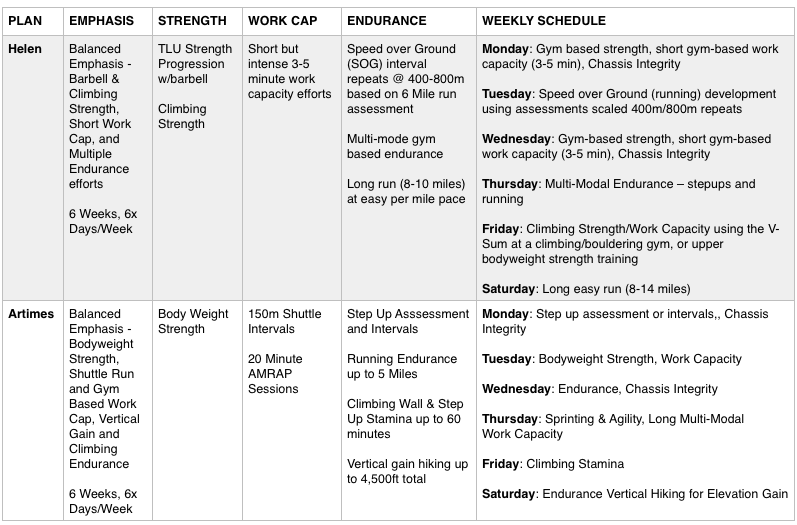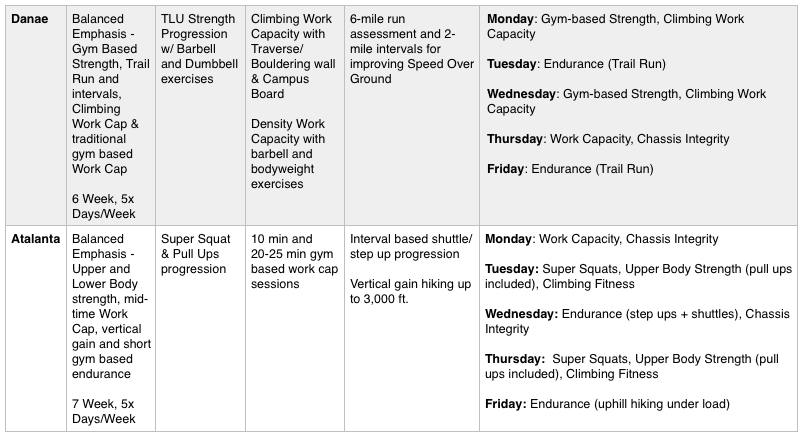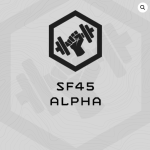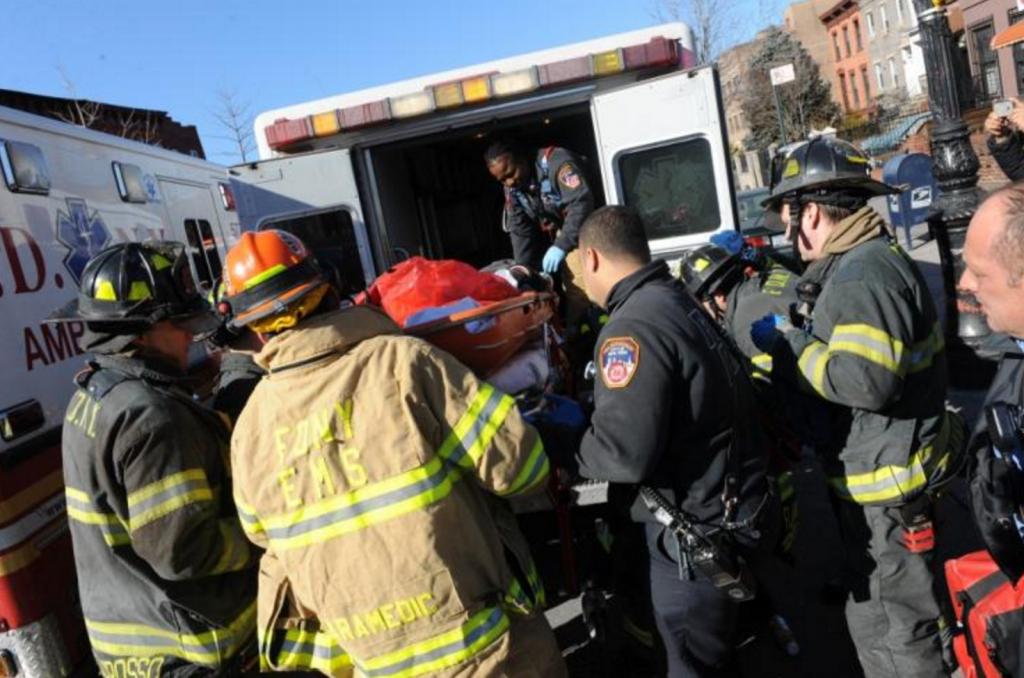
By Mintra Mattison
For this survey, we asked for the input of our fire/rescue athletes regarding the prominence and implications of EMS requirements within fire departments nationwide. We received some great feedback we want to share with you.
In addition to our survey we received some interesting feedback through our MTI Facebook Page as well – these comments will follow after the answers to our survey.
The challenges are significant as fire departments nationwide move forward and the EMS responsibilities grow. We appreciate the discussion you have provided and hope it will generate new ideas to make fire departments as efficient and safe for those in the profession.
Thank you to all those who responded to the survey! Below are the respondents’ answers to our survey.
Question 1: As a Firefighter, did you notice the increased EMS calls in your fire department?
13 answered with "Yes" 2 answered with "No"
Question 2: If your answer was ‘YES’: How do you personally feel about this shift?
"I think that as fires become less common due to building materials, techniques, etc. it is a reality we have to adjust to. Personally, I think EMS and firefighting should be separate. I think you should be able to both or just one or the other. Seeing an infant code and eventually die when I was not on the ambulance due to lack of paramedics on the ambulance in a city I worked has influenced my thinking greatly. The need for firefighters is down and it seems most organizations use EMS to boost their budget--especially in the good old boy system that persists. Quality city EMS organizations should exist and work with fire and law enforcement and in some instances be able to cross train but not required to do so. Requiring ff/medics can really hurt morale and patient care if they don't want to be a medic."
"I'm here to serve. You call, we haul."
"I've been in for 8 years and as a medic I notice a sharp increase in the calls. I don't mind the actual emergencies, but the run of the mill calls (stomach flu, headaches, stubbed toe) are frustrating."
"It's just part of the job. It's no secret to any firefighter on the job that fires are down. We don't like it but what can you do."
"It's our bread and butter. When I was hired (1986) my dept ran 5000 calls a year. Last year, 16 k. 75% were EMS. I have been a work fire medic all that time. What has really changed is how we have become integrated into the care of the mentally ill and the homeless."
"I would say that I take whatever the job dishes out. Personally I would like to be able to fight more fires, but it also shows how better our fire prevention and building construction is."
"I don't like it!"
"It sucks, but it’s better than being fired because I'm not relevant. Fire departments that deal exclusively with fire are outdated because of modern building codes and materials. That is why separate fire, medical, and rescue services have merged into the field of "emergency services." In all sincerity, the “fire-only” services could easily be replaced with volunteers for how little it is used. I’d rather do EMS calls than be unemployed."
"We are no longer a emergency service, but have become a social band-aide for a collapsing health care system."
"Would prefer more fires but happy to have a career"
"Much less excitement about calls. Picking up grandma off the floor or taking care of someone with the flu isn't near as fun as even the possibility of fighting fire."
"Annoyed - overdoses and 'Cab-ulance' calls (missed appointments, feeling sick, intoxicated bums) dominate our ems calls - not just a culture of shifting from fire to ems, but also from real emergencies to acting as a taxicab. (I work in a full time urban dept, population approx 40k, w approx 12k runs/yr, 10k of which are ems)."
"I am also a paramedic, therefore I feel just fine about responding to more EMS calls. Ours is a service job, therefore we should always been trying to provide high quality services the public chooses to fund with their tax dollars, not just the service (singular) we want to provide"
Question 3: In your opinion, what kind of impact on the fire department culture does the increase of EMS calls have?
"The increased call volume has led to decreased quality of patient care, burnout, and a lot more call volume on those who are medics. I'm short there needs to be more medics who want to be there....having some dedicated EMS personnel as well as dual ff/medics would be a step in the right direction."
"Those poor truckies have to get up more often to chase the medic unit."
"It can create animosity between people that are interested in suppression as their main job function. From a "front office" perspective, it improves the scope of care we provide."
"Less experienced firefighters. No longer can you learn "on the job" by catching so many fires."
"Just really busy! We also see some grim stuff...80 firefighters killed themselves last year. Related? My feeling is yes..."
"I believe that the more less important EMS calls, people that don't to call 911 but they do anyways. That hurts the fire service, because you run on more of those then the serious calls. Some firefights get burnt out or care less because of those calls."
"Decreases moral."
"The culture is becoming increasingly educated. It is impossible to be promoted without having a paramedic certification. All of the existing supervisors in my department (myself included) have until 2018 to earn their certification or they will be terminated. One captain with 26 years on the job recently retired and was replaced by a greenhorn of medic school simply because he was a medic. (This isn't conjecture; the chief stated as much.)"
"It impacts us by being more medically focused. However, the tradition of firefighting is so in grained in the culture that it is a constant battle of people wanting to not give up an important past time value that they associate more with the identity of being a Firefighter. EMS despite being the more important is often seen as "More work" or "Less glamorous". "
"It does have separation in my department.fire fighter Paramedics are looked to as weak fire fighters because we don't get as much "fire side" as firefighter emt. Being a weak emt doesn't matter. It is looked at as a skill you don't need."
"Definitely has lowered morale among the older firefighters. The younger firefighters don't know much of a difference."
"Decrease in positive attitude we have towards our constituents."
"A poorly led and managed shift will see an increase in complacency with an associated negative attitude about 'being busy.' A well led shift will see each call for service as an opportunity to do their job and interact with the public who pays their salaries and provides their equipment and training."
Question 4: Did you see a change in recruits, as a result to more EMS calls?
"Yes. Almost all recruits now have their advanced EMT and a few years EMS experience before making it to rookie school. Additionally, we ALL have to be AEMT certified at the least. This involves a lot more than EMT-B and is much more medically focused."
"Yes, NREMT-P certified recruits are now preferred."
"They get in the academy, fresh faced and ready to save lives. About 18 months in at a busy, low-income area filled with nursing homes, they hit a wall, realizing they largely act as social workers and "you call, we haul" transport providers. The lack of sleep and repeat customers (frequent fliers) affect a provider. In addition to that, there's a definite uptick in diabetes, alcohol abuse, opiate overdoses, and calls related to other poor choices in lifestyle."
"No"
"Yes. Our dept only hires paramedics. To our detriment. We are missing out on tradesmen, ex military and wild land firefighters. Historically our best recruits."
"Yes. The fire service is requiring more EMS training and that requirement provides less time for fire training."
"Haven't really noticed."
"Most of the applicants already have an ALS certification of some sort. The department offers free FF/EMT certification classes to its applicants, but many people showing up only need the firefighter classes."
"We hire more paramedics- which is good- but some already favor EMS vs. the traditional structural firefighter."
"The new rescurits were not employed with more a EMS role so this there is no change."
"I can't say for sure. But I will say in my Fire Department that we have people that have been struggling to advance their EMS credentials because of this and it's hard because some Dept.'s are plagued by bureaucracy or the "Good ole'boys system" therefore making the journey to paramedic feel like a roll of the dice. "
"No my department does not care. As long as they are of the right sex or race you are hired"
"Not really. It has been a slow change and we do a good job of telling guys coming in that the bulk of the job is EMS."
"No"
"Not really. Many of the recruits understand the changing role of the fire service in America. It's the veteran firefighters who struggle the most with the changes. The recruits haven't yet been imprinted with the culture of the organization. They can be brought up to believe all calls, EMS and fire, are an opportunity to serve to public. "
Facebook Comments
"As firefighters, we like to think of our selves as such but depending on your jurisdiction and area you may be running more that 80% medical calls (including etoh patients). Me, personally, I know we don't burn as much as some cities, but when we do I want to be ready. I train hard and condition hard. I enjoy training so it's not a chore. If you are looking for a fire job, you'll need to be a medic or look for depts that don't transport. Even the big cities are transporting. Avoiding EMS is seemingly more and more difficult."
"To me it looks fire departments were more or less a victim of their own success and they had to "branch out" into EMS or else face cut-backs. My perception is a lot of firefighters absolutely hate doing EMS calls and only get those certs out of dire necessity. Probably this isn't the optimal situation of your goal is to offer high quality EMS."
"I've found that cross-trained members are usually much more fond of one side of the coin and see the other as a necessity. For me, maintaining an EMS certification is a necessity that is rather be without. My preference is fighting fire. I find EMS runs to be mostly monotonous and draining; a feeling which has been ramped up due to the opioid epidemic we've faced over the last couple of years. I've also witnessed the art of firemanship dwindle in many due to the burden placed on training, CE, and call volume that result from and relate to EMS."
"We have fire medics who genuinely care about patient care aspect, and we have some who couldnt care less about the patient care aspect and see that as a nuisance. Im sure the department I work with and around is not the exception to this. Im just a paramedic, I couldnt care much less about fighting fire for the most part, except thats where the money is. I'll do it, and Ill make sure Im good at it, but its not where my heart is."
"Fire department is totally the wrong name for what we do. It's the Fire/EMS/Rescue/HazMat/FireSafetyCodeEnforcement/Inspection/Any emergency you need help with that isn't pure law enforcement Department. And we do it with professionalism and pride. Period. In ten years we can probably add a few more things in there too as well. May non-law enforcement emergency services is a better title."
Questions, Comments, Feedback? Email coach@mtntactical.com
You Might Also Like How Do Fire Fighters Feel About Work Dominated By EMS Calls


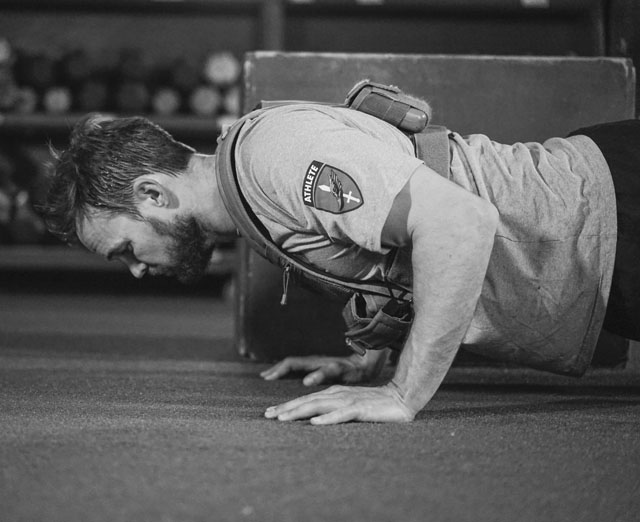
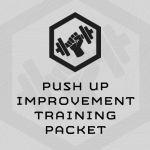

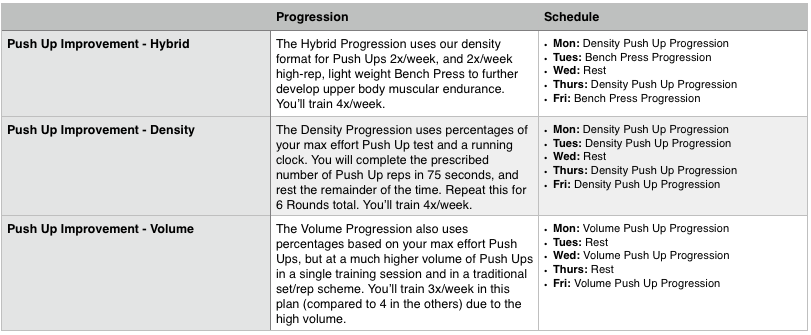

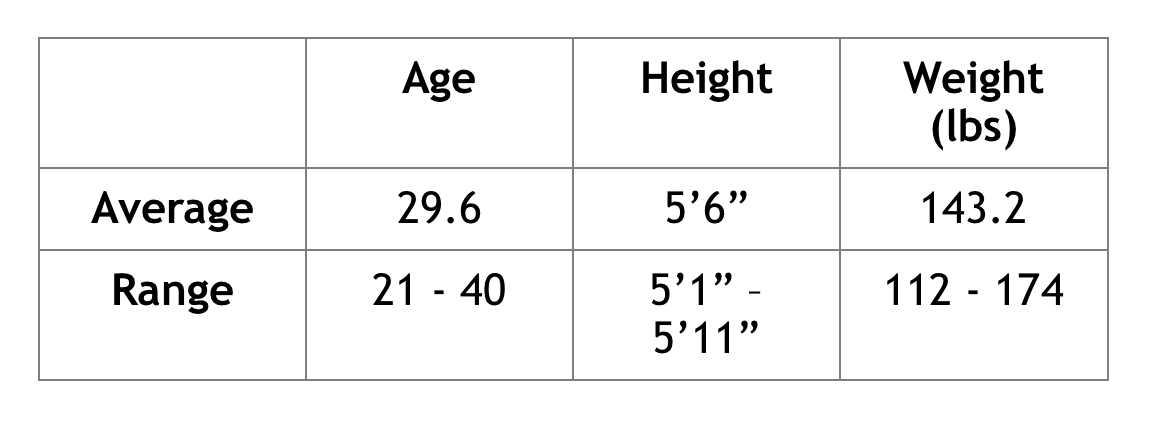


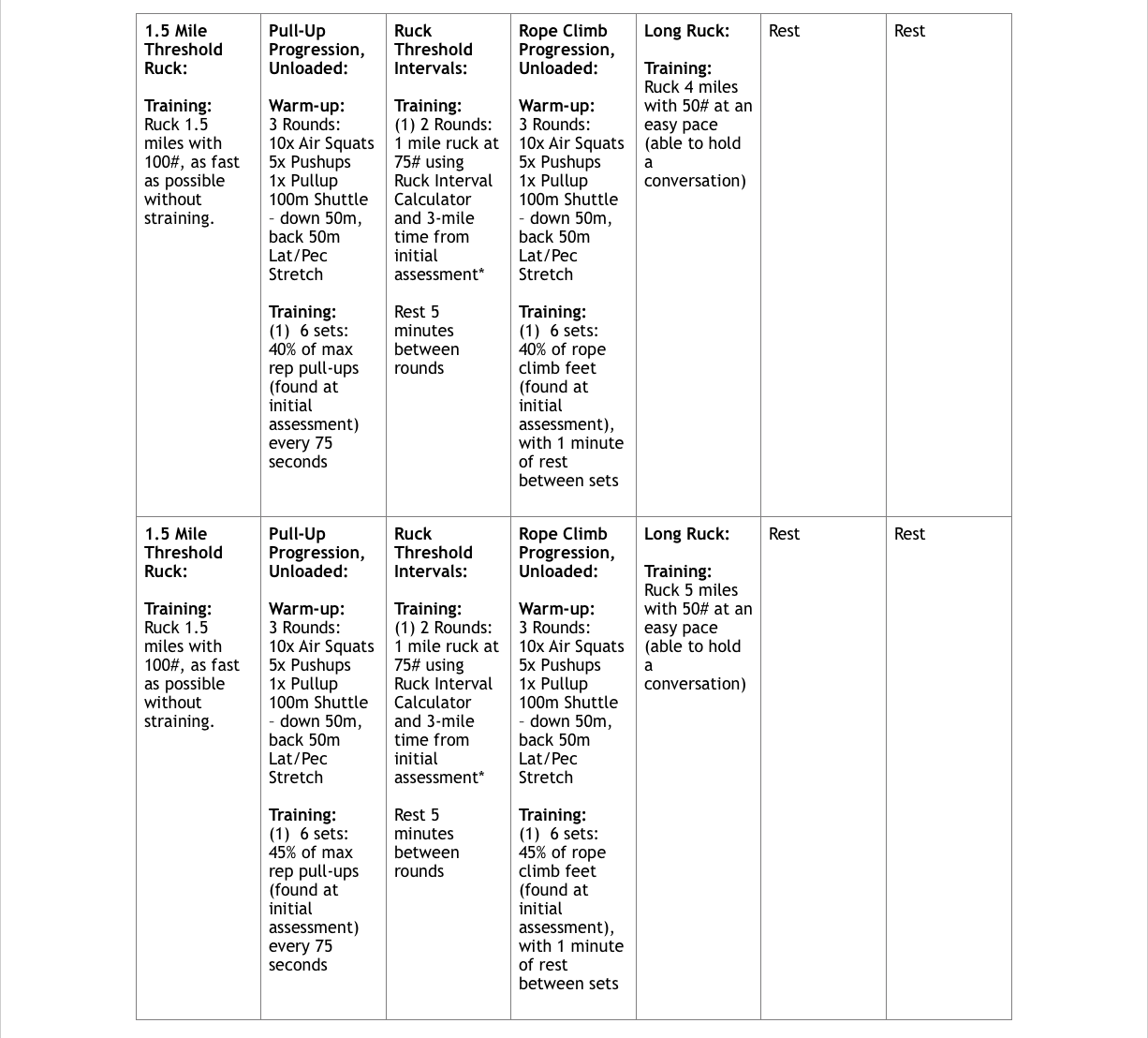




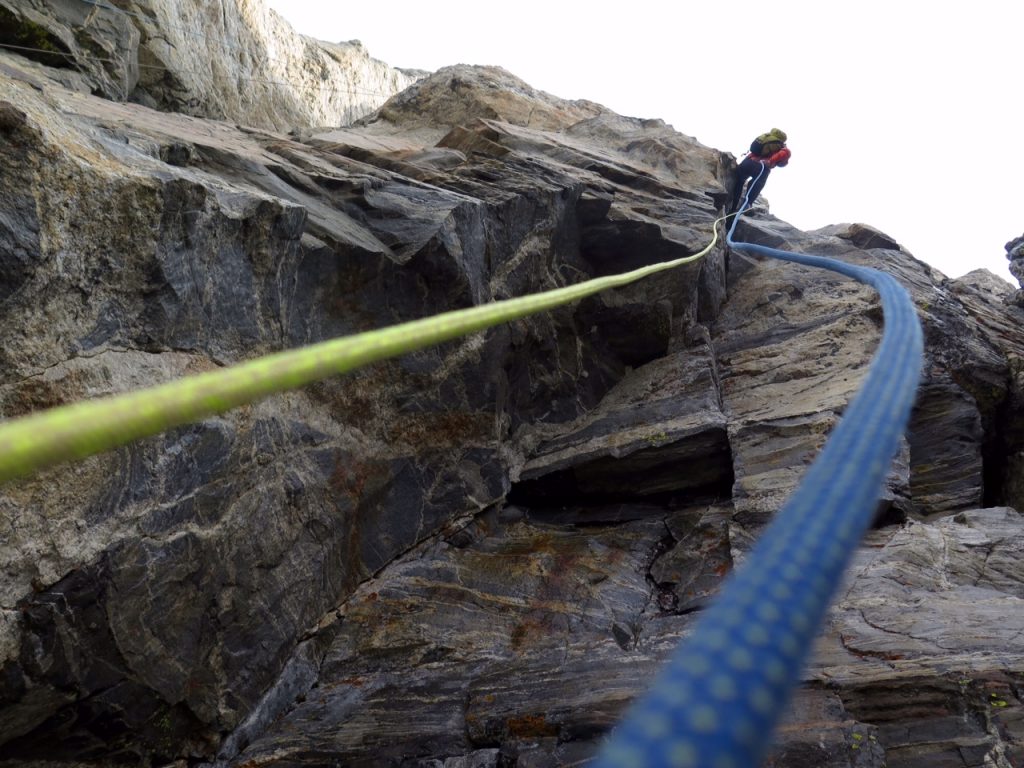
 The
The 